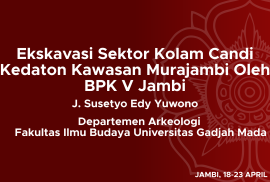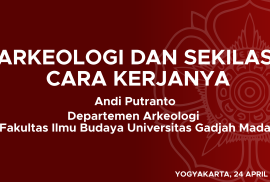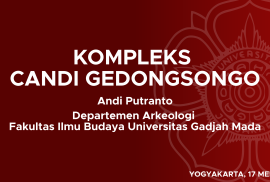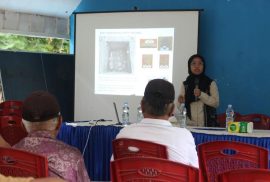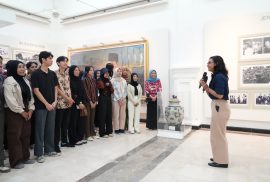A series of archaeological activities in the Muarajambi Cultural Heritage Area in the form of archaeological excavation of the dried up canal body. This excavation was carried out in the Kedaton Temple Pond Sector on April 18-23, 2024.
The Cultural Preservation Center (BPK) V Jambi Province as the organizer of the activity invited the author to become an Archaeological Expert in charge of providing some considerations in the implementation of excavation and handling of findings. This activity also involved several staff from BPK V and the local community. Until this assignment was completed, excavation activities in the field were still being carried out.

